This device is a counting game that also helps the client develop strength in his arms. The device counts in response to pulling and pushing a lever arm in a pattern similar to a rowing motion. It is attached to his wheelchair.
Rehabilitation Engineering Design Projects
as part of senior design at UNC
Trace Aid
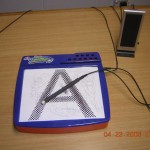
Tracing is an important skill that is a precursor to learning handwriting. This device to encourages children with autism to practice tracing, by providing musical feedback when they are tracing properly.
Karaoke Trainer
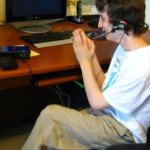
A device to simulate music therapy sessions so that the client can practice vocalizing independently. It plays a song only when the client sings along.
Wafer Sealing Aid
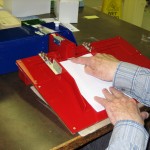
A device to aid workers in applying a clear, round sticker along the edge of a folded piece of paper to hold it together, as part of a bulk mailing.

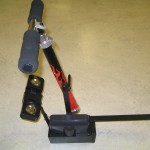
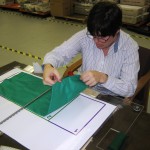
University Operator: (919) 962-2211 | © 2024 The University of North Carolina at Chapel Hill |